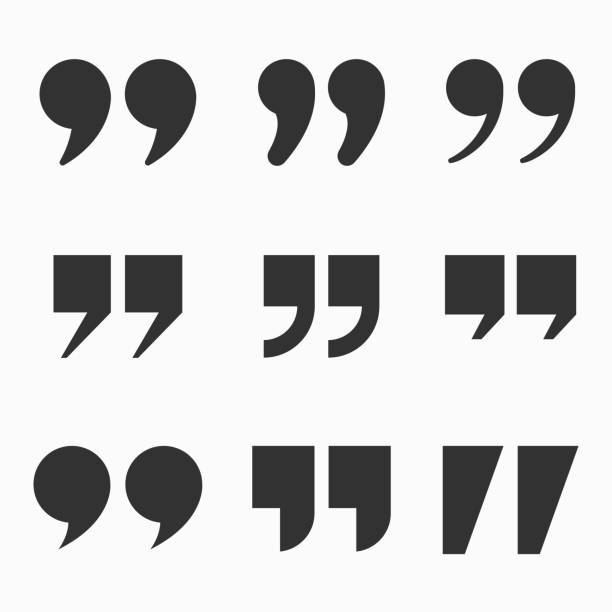Quoting is an essential aspect of academic writing, as it allows writers to incorporate the ideas and perspectives of others into their work. However, it’s important to know when to use quotes correctly to avoid misrepresenting the views of others or committing plagiarism.
In this blog post, we will explore two specific aspects of quoting – scare quotes and quotes used to quote others. We will also see the difference in how to use quotes for American vs. British English.
Scare quotes
Scare quotes are quotation marks that are used to signal that a term is being used in a non-standard or ironic way. For example, someone might say “I’m going to ‘enjoy’ this boring meeting.”
Here, the quotation marks indicate that the speaker is using the word “enjoy” sarcastically.

Quotes used to refer to others’ work
Sometimes you need to quote someone else’s work or saying in your research. In such a case, use quotation marks to indicate that you are reproducing their exact words. Be sure to cite the source of the quote in your citation or reference list.
For example:
- As Smith (2005) argues, “The human cost of climate change cannot be overstated. We must take action now to prevent further damage.”
- Is it said that, “In many cultures, the practice of gift-giving is a way to create and maintain social relationships” (Jones, 2010, p. 23)
Usage of quotes in American vs. British English
In American English, it is common to use double quotation marks (“) for quotes and single quotation marks (‘) for quotes within quotes.
Let’s say you’re writing a research paper on the impact of social media on mental health. You want to quote a study that found a correlation between social media use and increased levels of anxiety. Here’s an example of how you might use simple quotes to effectively incorporate this information into your writing:
- According to a study by Smith and Jones (2020), “Frequent social media use was associated with higher levels of anxiety among participants” (p. 23).
To cite an instance of quote within quote, here’s an example:
- The article stated, “He said, ‘I’m not interested,’ but I could tell he was lying.”
In British English, this is reversed, with single quotation marks (‘) being used for quotes and double quotation marks (“) for quotes within quotes. So taking the same example as above, this is how you would quote if writing as per the British English System.
- According to a study by Smith and Jones (2020), ‘Frequent social media use was associated with higher levels of anxiety among participants’ (p. 23).
An example of quote within quote would be:
- The article stated, ‘He said, “I’m not interested,” but I could tell he was lying.’
In conclusion, knowing when and how to use quotes is crucial for effective academic writing. Whether you’re using scare quotes, quotes to quote others, or simply incorporating a quote from another source into your work, it’s important to use them correctly.


